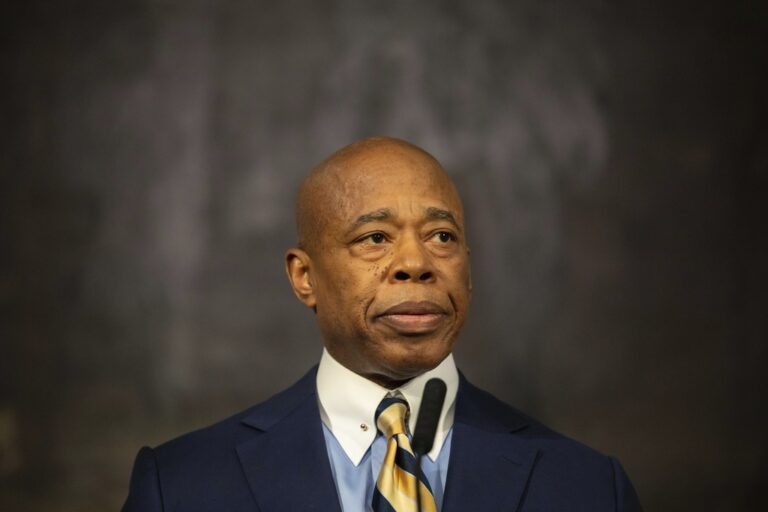The U.S. is poised to make COVID-19 vaccinations more like a yearly flu shot, a major shift in strategy despite a long list of questions about how to best protect against a still rapidly mutating virus.
The Food and Drug Administration asked its scientific advisers Thursday to help lay the groundwork for switching to once-a-year boosters for most Americans — and how and when to periodically update the shots’ recipe.
“This is a consequential meeting to determine if we’ve reached the point in the pandemic that allows for simplifying the use of current COVID-19 vaccines,” said FDA’s Dr. David Kaslow.
The advisory panel mostly agreed with the FDA’s approach.
COVID-19 vaccines have saved millions of lives and booster doses continue to help the most vulnerable even as more contagious variants have popped up. But protection does wane and the shots don’t fend off milder infections for long.
And people are tired of getting vaccinated. While more than 80% of the U.S. population has had at least one COVID-19 shot, only 16% of those eligible for the latest boosters — so-called bivalent doses updated to better match more recent virus strains — have gotten one.
That makes for tough decisions on how to move forward: Who really needs another shot, how often and what kind?
“We’re still protected against severe disease, thank goodness,” even after the latest mutated omicron strains cropped up, noted FDA adviser Dr. Paul Offit, a vaccine expert at Children’s Hospital of Philadelphia.
The first step: The FDA advisory panel voted unanimously that people should get the same vaccine formula whether they’re receiving their initial vaccinations or a booster. Today, Americans get one formula based on the original coronavirus strain that emerged in 2020 for their first two or three doses — and their latest booster is a combination shot made by Pfizer or Moderna that adds omicron protection.
The FDA would have to decide how to phase in that change.
But “this isn’t only a convenience thing” to ease confusion about different kinds of shots, said Dr. Archana Chatterjee, dean of Chicago Medical School. Since the original coronavirus strain has disappeared, “moving towards the strains that are circulating is very important.”
Who needs another shot and when sparked more debate.
Looking ahead, the FDA said most Americans should do fine if they get a once-a-year booster targeted to the newest variants in the fall. The agency asked if some people might need two doses — adults with weakened immune systems and very young children who’ve never been previously vaccinated. That’s similar to how youngsters get their first-ever flu vaccination.
But more data is needed to show exactly who might need two yearly doses — such as a careful count of who still gets hospitalized with COVID-19 despite being up-to-date with today’s vaccinations, Offit said.
“Only then can we really best make the decision about who gets vaccinated with what and when,” he said.
Nor is it clear that younger, healthier people would need a COVID-19 booster every year.
“It’s hard to say it’s going to be annual at this point,” said Harvard’s Dr. Eric Rubin.
Fall might not even be the best time to boost, something that would depend on when infections start rising and how long a booster’s protection might last, said FDA adviser Dr. Arthur Reingold of the University of California, Berkeley.
Unlike flu which in the U.S. circulates mostly during late fall and winter, COVID-19 waves have occurred year-round.
As for the recipe, the FDA’s plan is to call its advisory panel for another meeting in late May or early June to decide if the vaccine recipe needs tweaking — including which virus strain to target and whether it should be a single-strain or multi-strain shot. Pfizer and Moderna said that would give enough time to produce needed doses by fall while a third manufacturer, Novavax, urged an earlier start to any recipe change.
Also Thursday, U.S. officials updated how they’re tracking that the newest COVID-19 boosters are safe. The Centers for Disease Control and Prevention spotted a possible warning signal that seniors getting Pfizer’s updated booster might have a slightly higher risk of stroke. But FDA safety expert Richard Forshee said data from Medicare and multiple other health systems — including in other countries — found no sign of trouble, leading the government to conclude it’s unlikely the red flag was real.
(AP)











